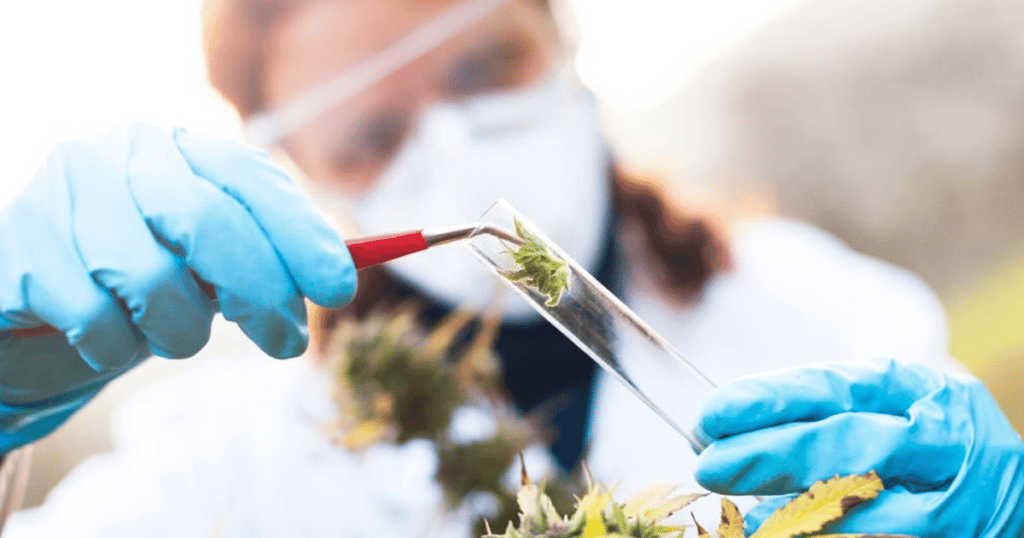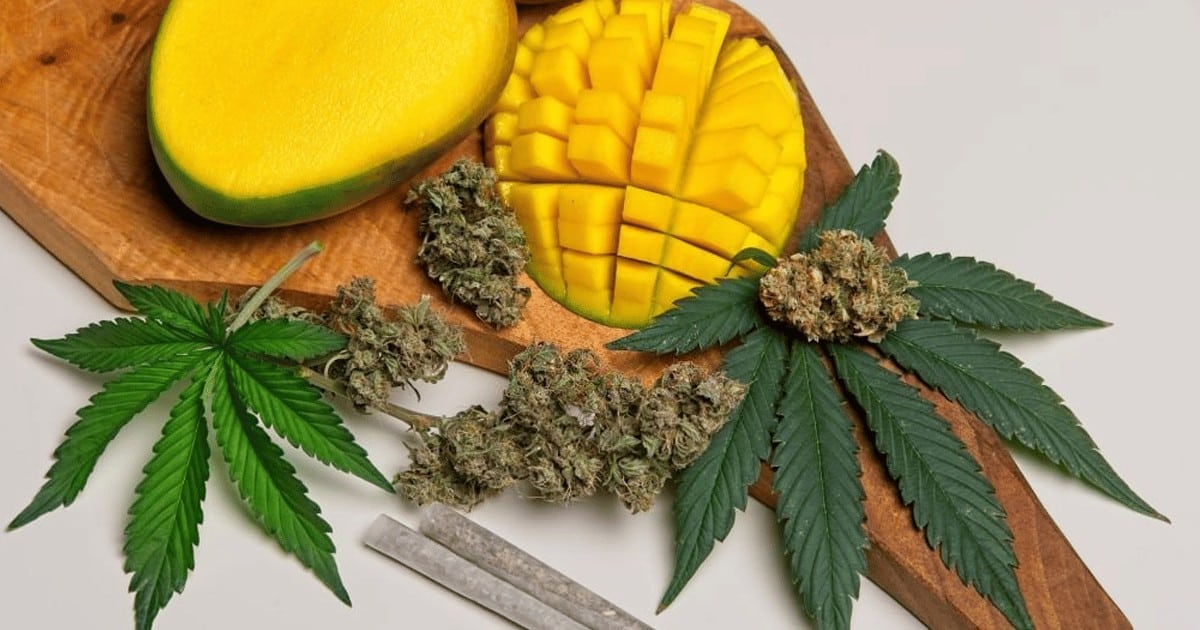A group of leading Federal Health Agencies have finally declared they want to start working on “strengthening the scientific proof” of the cannabis plant’s therapeutic potential after thousands of years of documented marijuana use for medicinal purposes.
A notice of special interest (NOSI) titled “Promoting Mechanistic Research on Therapeutic and Other Biological Properties of Minor Cannabinoids and Terpenes” was published by the National Institutes of Health (NIH) and eight of its constituent agencies on July 27th. The committee has stated in this recent government publication it would like to run an in-depth investigation of various minor cannabinoids from marijuana as well as cannabis terpenes to see how they might be used to effectively to treat a variety of medical conditions.
“A growing body of evidence suggests that cannabis plants may have potential in the treatment of pain, nausea, HIV/AIDS, multiple sclerosis, glaucoma, cancer, epilepsy, obesity, wasting disease, substance use disorders, autoimmune disorders, and other conditions; however, the evidence is largely inconclusive, and further investigation is needed. To dissect potential therapeutic benefits of cannabis from its psychoactive properties, more research is needed into the basic biological activity of the plant’s diverse phytochemicals, specifically minor cannabinoids and terpenes.”
Minor Cannabinoids And Terpenes Explained
Because marijuana is still illegal on a federal level, research on the plant has been extremely restricted to date. However, the recent approval by the US House of Representatives of the bipartisan bill that will facilitate marijuana research shines a glimpse of hope that the stigma surrounding cannabis will soon be abolished – once and for all.
But after being overlooked as a feasible solution to be used in modern medicine practices for so long, and with such a “bad” reputation, why the sudden change of tone?
Up until now, one of the most prevalent and extensively researched cannabinoids was Δ9-Tetrahydrocannabinol (Δ9-THC), which has shown to have effective anti-inflammatory and analgesic characteristics. However, the resultant unfavorable psychotropic side-effects and potential for abuse largely restricts its usage and analgesic efficacy.
This is where minor cannabinoids and terpenes come into the picture.
Other cannabinoids, including Cannabigerol (CBG), Cannabichromene (CBC), and the more commonly known Cannabidiol (CBD), are thought to have promising therapeutic benefits – without any psychoactive or addictive properties. In saying this however, these cannabinoids are less potent than Δ9-THC.
According to the NIH, eight of the agency’s affiliates are hoping to fund studies of compounds including Δ8-THC, Carmagerol, Cannabicitran, Sesquicannabigerol, Tetrahydrocannabivarin (THCV), Tetrahydrocannabivarin Acid (THCVA) and Tetrahydrocannabinolic Acid (THCA).
There is also evidence to suggest specific terpenes may have therapeutic benefits such as analgesic or anti-inflammatory properties. However, more research is required to understand the benefits (and related side-effects) of terpenes in the treatment of a variety of medical conditions. Myrcene, ß-caryophyllene, Limonene, α-terpineol, linalool, α-phellandrene, α-pinene, ß-pinene, β-terpinene, and α-humulene are all cannabis terpenes of interest to the various National Institutes involved.
There are more than 110 different cannabinoids and 120 different terpenes present in marijuana – only few of which have undergone in-depth research. Therefore, further research is needed to help us to understand and characterize the underlying healing potential and adverse side-effects of these minor cannabinoids and terpenes before a definite conclusion can be made.

So, Where To From Here?
A request for information (RFI) titled “Investigators’ interests in and barriers to research studies on the health consequences of cannabis and its constituents” was recently published by the National Institutes of Health (NIH), and outlines the relevant research objectives for eight different agencies that fall under NIH.
The first due date for research grant applications is October 4th and 5th of this year for most agencies, but the application period will stay open until May 8th 2023 for several multi-agency proposals.
In other words, as the general public, now all we can do is wait.

When it comes to the stigma surrounding cannabis and related research, change may be around the corner – an exciting step forward for the industry.
Personally, we’re super excited to see how this research progresses. It’s time for the world to truly understand the therapeutic effect cannabis can have on an individual’s health and wellness – in multiple ways!
Enjoyed that first hit? Come chill with us every week at the Friday Sesh for a freshly packed bowl of the week’s best cannabis news!
- Facebook and Instagram Loosen Cannabis Restrictions, But Is It Enough From Meta?
- Combating Violent and Dangerous Crime Act Targets “Candy-Flavored” Cannabis Products
- Retail Spotlight – Mayflower in Lowell, MA
- Benzinga Chicago 2025 Recap
- Iowa’s Surprising Veto of Psilocybin Bill HF 383
- North Carolina House Bill 328 and the Growing Trend of Hemp Regulation in the U.S.













